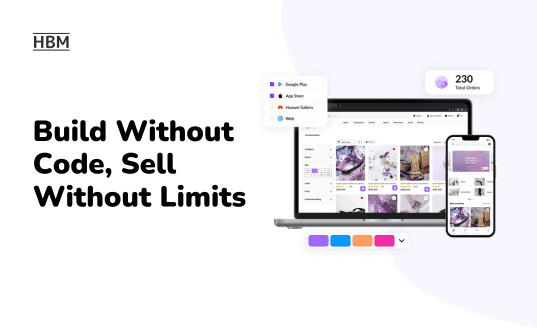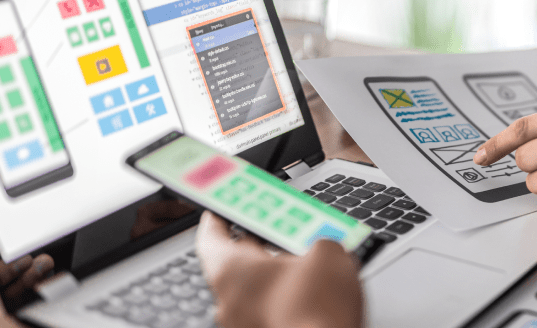Blog
The New Reality: AR, VR, VT and MR
March 2, 2021 - 12 min. read
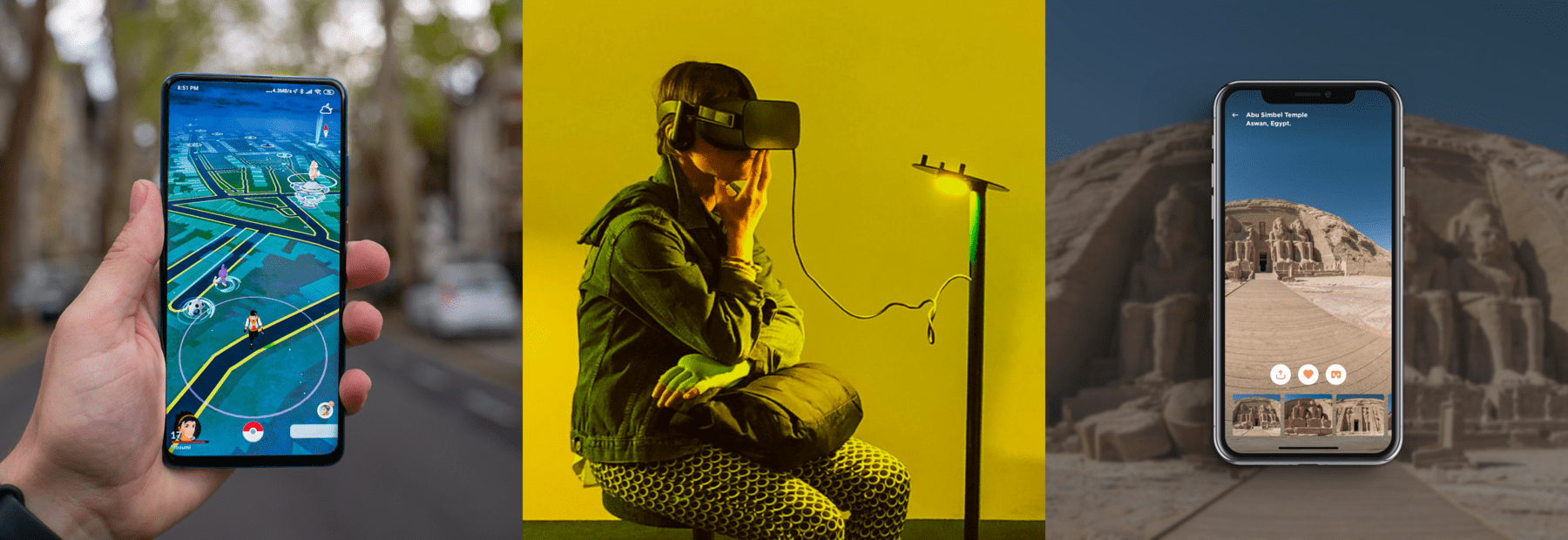
Do you ever feel like you want to escape reality? No? Just us then? No but really, maybe not escape it, but just make it a little more interesting at times? Like during a global pandemic perhaps?
It has always been the nature of technological advancements to be criticized for widening the distance between people, and making them more detached from the world. Now, however, it is this same technology that has allowed people to connect, brought them closer than they could be in real life right now, and allowed them to maintain some semblance of their pre-pandemic days. So for those of us who have always been rooting for the potential uses of technology, we believe that the time is now ripe to re-visit how certain forms of tech advancements can shape our lives for the better.
Technology has definitely made a lot of things possible, and finding yourself in some sort of alternate reality has never been more at our fingertips.
Even though it sounds like a lot of fun and games (which it is, a lot of the time), it has become even more important to become familiar with the different types of alternative realities out there, because the various opportunities it can bring to all fields are numerous. Even with all the different applications already out there in the world, we know that we’ve only just scratched the surface, and look forward to more experimentations with this type of technology at 34ML.
So if, like us, you’re a believer, then the first step would be to become acquainted with the basics. You don’t have to be a developer to be interested, but if you’re a current or potential business owner, look for the opportunities that can elevate your business to the next level.
Now let’s get right into the different types and uses.
Virtual Reality (VR)
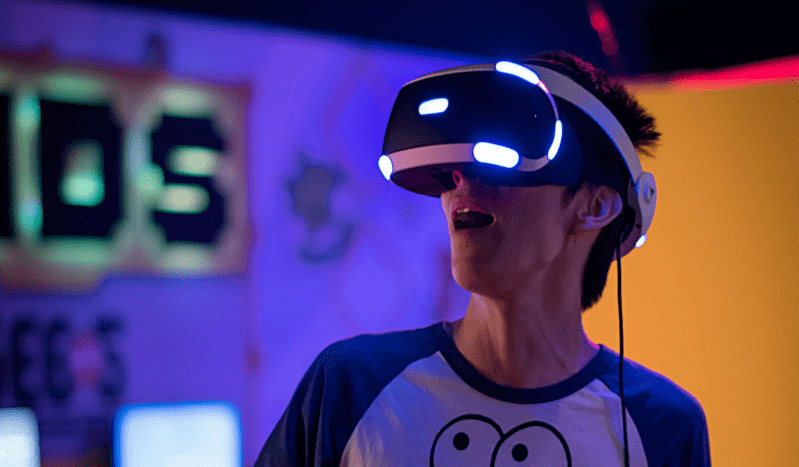
What is VR?
VR is a computer aided immersive and potentially sensory experience that gives the illusion of being somewhere else. It is either similar to your surroundings, or could be different, and Can add sight, smell, touch or even taste to the experience.
How to use VR?
1
Social Causes
People can relate to things more when they can experience it, so allowing them to be a part of a problematic issue (while obviously ensuring their safety) could be a way to get people more proactive to certain issues.
2
The Medical Field
The VR technology has found its way in the medical field, by being used to manage several physical and mental problems. Whether its pain management, PTSD, anxiety, autism, or even when it comes to a more effective training for medical students, being able to recreate a certain reality definitely has its benefits in this industry.
3
Business
VR has infiltrated the business scene when it comes to new and innovative marketing and sales strategies, enhancing the shopping experience, and forecasting trends. It can also be used for other, more dynamic things, like test drives and home decor, giving a totally new spin on an otherwise traditional experience.
4
For the physically challenged
Now everyone, even those who have trouble moving around due to health issues, will be able to go on adventures and see new parts of the world in an immersive manner.
5
Leisure
And of course the fun part keeps it interesting, where people can learn about new cultures and visit places that will help them expand their horizons.
What are the devices you can use for VR?
There are two major factors to consider when choosing a VR headset: Your existing hardware and your price range. Do your research based on your objective, and find the right one to fit your needs. We’ve added a few of the top ones here:
Oculus Quest, Oculus Rift S, Playstation VR, Oculus Go, HTC vive, Valve Index, Pansonite 3D VR glasses
Virtual Tours (VT)
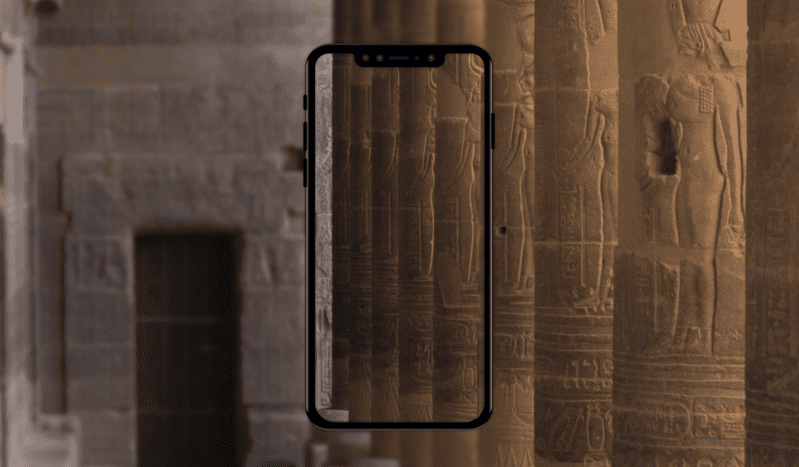
What is VT?
A 360 Virtual Tour is a simulation of an existing location, in 360 form, that can recreate a realistic representation of this location’s reality. The experience could also be enhanced with the use of some multimedia elements like music, sound effects, technical drawings and so on, based on your field. While VT is a highly memorable experience in its uses, it is not interactive in its nature like VR and AR.
How to use VT?
1
Fieldwork
They’re a great alternative to certain fieldwork, especially if there’s a time or financial constraint or some logistical issues.
2
Tourism
VT is a very valuable tool for tourism platforms, because your people are able to get a better feel of their next potential excursions, rather than with normal pictures and text. Users will be getting a seamless digital tour of a real location, whether it’s an art gallery, a museum, a historical building, or even a street. Guided tours that are based more on information and knowledge will be more memorable when experienced through a 360 VT lens.
3
Real Estate
With tens of pictures of potential new homes to look at to decide which ones are worth the trip, being able to get a true 360 feel of the space will definitely make this experience more effective, and more enjoyable as well.
What are the devices you can use for VT?
Basically all you need is a 360 camera, and you have yourself a unique and elevated experience to offer your people! Once again, do your research to know which one fits your needs and your budget, and you’re good to go.
34ML’s VT project
“Around Egypt” is our baby, basically and the first VT app in Egypt. We’ve put it together, in collaboration with Egypt VR, as a way to promote tourism in Egypt, and allowing people all over Egypt and the world to witness some of our more historic and unique places through 360 VT. From beaches, to buildings, museums and everything in between, this immersive guide will take you on a seamless virtual tour inside our culture. Read more on Scoop Empire , Ahram News, and Arabic CNN.
Download app through the Landing Page HERE
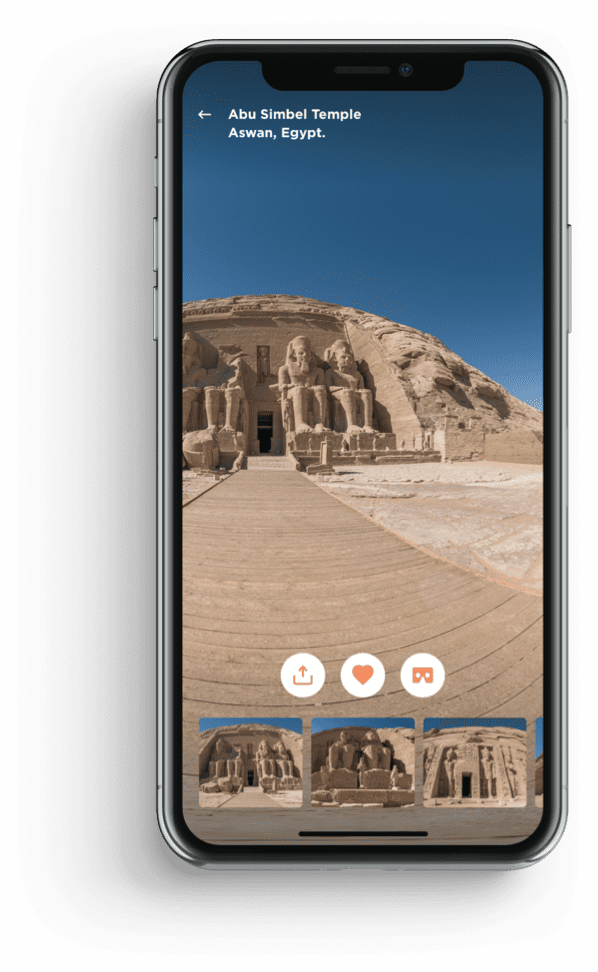
Augmented Reality (AR)

What is AR?
Augmented reality doesn’t change our actual reality, but rather expands on it and adds layers to it; it appears within context of our existing environment, and in real time. In other, more technical, words, it is a view of our physical reality, with superimposed computer-generated images, which leads to a change in perception of this reality.
How to use AR?
1
Advertising
Augmented reality doesn’t change our actual reality, but rather expands on it and adds layers to it; it appears within context of our existing environment, and in real time. In other, more technical, words, it is a view of our physical reality, with superimposed computer-generated images, which leads to a change in perception of this reality.
2
Shopping
Online stores have started incorporating AR in their experience, so that users can try on clothing items, online, before they buy them to see how they look, and the same goes for buying any item for your home, for example, to see how it fits with the rest of the room. Prominent examples of these include Ikea, L’oreal and Rayban.
3
Education
Using AR in education makes for a more interacting learning experience, where you can render any object into a 3D digital model for students to better grasp their concept, or just using it to make it more dynamic to better catch their attention.
4
Games
If you’ve played or seen pokemonGo, then this is just one example of how games can incorporate fantasy with reality.
What are the devices you can use for AR?
Basically most smartphones and tablets can be used as AR devices. However, there are special devices that are only for AR experiences, like head-up displays (HUD). There are also smart glasses like Google Glasses, Meta 2 Glasses, Laster See-Thru, Laforge AR eyewear, etc, as well as smart lenses that are manufactured by Samsung and Sony that also work for AR.
34ML’s AR project
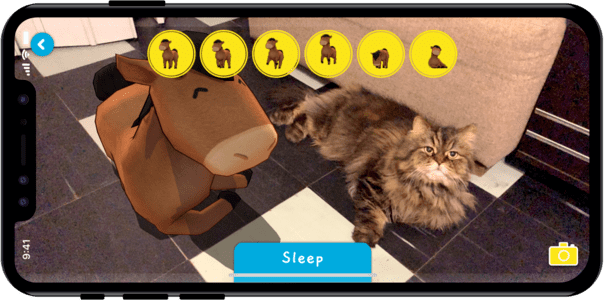
Nowadays, Interactive learning is not only as natural as a pen and paper, but also has been proven to increase learning outcomes. Which is why we built Smarty, a fun game that helps teach toddlers and preschoolers all about animals in a fun and engaging way through Augmented Reality.
Mixed Reality (MR)
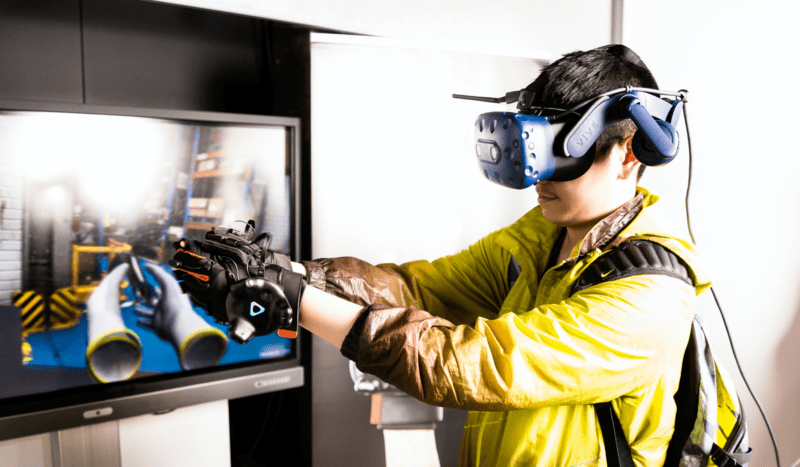
What is MR?
While the name makes it sound like some sort of existential crisis, it is actually the next level evolution of technologies that has the capacity to transform the world as we know it.
MR is the result of mixing the physical world with the digital world, with the added benefit of you being able to interact with the virtual objects in your surroundings. MR has not yet made its mass consumption debut, but it’s a matter of time.
How to use MR?
Because of its immersive nature, because it mixes the concepts of AR and VR, it can follow the same uses of VR, but taking it to the next level when it comes to immersion and interaction. An additional use to VR is that its been used in the military segment to enhance training and re-enact real-life potential scenarios.
What are the devices you can use for MR?
Holographic devices, which allow you to place digital content in the real world, as if it were really there.
Immersive devices, which allow you to create a sense of “presence”, thereby hiding the physical world, and replacing it entirely with the digital experience.

